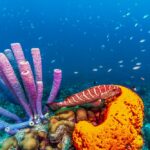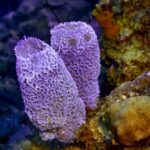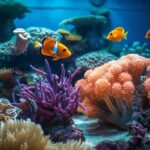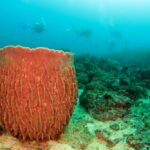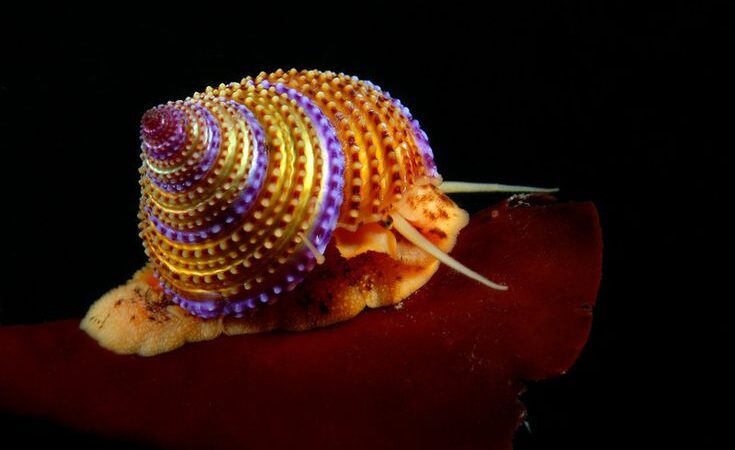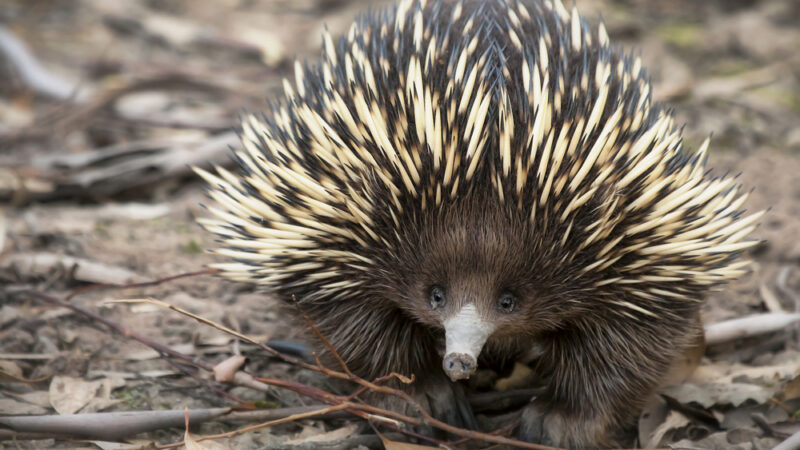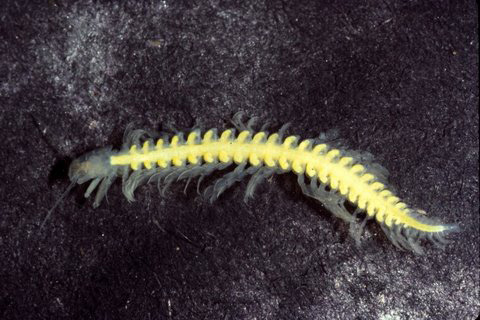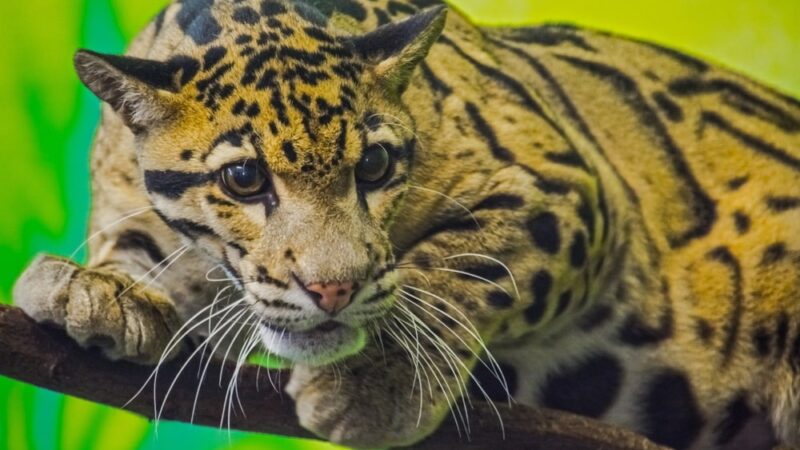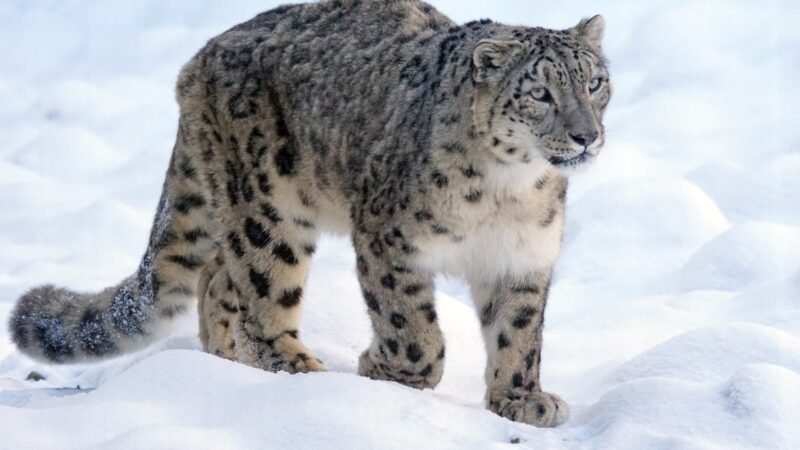Sponge
Shelter for Animal | Sponge | These animals were originally believed to be plants to be fair they’re pretty weird as far as animals go they don’t have muscles or nerves or even organs.
Sponge facts
Sponges are some of the simplest multicellular animals known today and they’ve been around for a long long time. Sponges have cells that can change their role even after those cells have been previously performing another role this would sort of be like if he humans liver cells suddenly changed into brain cells obviously and thankfully this can’t happen in humans but it’s a no-brainer for sponges.
Do you get it because they don’t have never mind zooming back out from cells looking at sponges as a whole there are currently thousands of classified species and they’re grouped into three main categories. There are sponges whose skeletons are composed of calcium carbonate. Sponges whose skeletons are composed of silica this group encompasses a majority of the sponge species.
Glass sponges
There are other sponges whose skeletons are made out of a special kind of silica, this third group is commonly referred to as the glass sponges. Sponges can come in all kinds of shapes and colors in fact their shapes can vary so drastically even between individuals of the same species the shape of the sponge isn’t always a great indicator of identity.
A sponge species may have differently shaped members based on the environments in which they’ve settled while one individual may be a creeping shapeless mass the other may have formed into a tube it all just depends on where they grow up.
Where sponges are found?
Sponges are found from tidal areas to deep water from polar regions to the tropics and from freshwater to saltwater heck, they even live in pineapples under the sea sponges are often found on the bottom of the water column and they are unable to move from where they grow. They also come in many colors and like giant clams can get some of their color from algae young larval.
Sponges are able to move but once they find a good spot to settle they’ll stay there for life unless of course they break off a piece of themselves to release the whims of the currents. Sponges reproduce both asexual and sexually they may bud like the coral polyps. Some fresh water sponge species will release pieces of themselves which can withstand harsh environments and won’t settle and start growing until conditions become more favorable.
It’s believed this is part of how fresh water sponge species are able to spread out. Most sponges are hermaphroditic like slugs and snails and like these gastropods they’ll still reproduce with another member of their species. Sponges will release sperm into the water column which is then pulled in by another sponge where it’s transported to that sponges eggs.
Sponges have pores their scientific name means poor bearing sponges create currents through their bodies using special cells that have tail like structures called flagella the current brings water in through smaller pores moves it through the sponges body. During which cells will collect particles of organic material that act as sponge food and then push it out through the sponges larger pores.
Most sponges eat in this way though there are some who catch crustaceans on a velcro-like outer layer generally speaking sponges aren’t nutritious or tasty but they are taken by neuter pranks, sea turtles and other adventurous animals. Sponges are also believed to live to be hundreds if not thousands of years old.
Reference: Wikipedia, Britannica
